Reading comprehension (lower secondary)
Imagine you went to an all-you-can-eat-buffet and on that buffet you see every food you could possibly imagine: junk food, healthy food, French food, Chinese food, cat food (hey, don’t knock it till you’ve tried it). But you look down at your plate, and you realise it’s only big enough to hold an average-sized portion. What might you do?
Well firstly, you wouldn’t start loading up your plate straight away –you’d probably have a sneaky stroll around the entire buffet. You’d look at the signs next to each dish, you’d work out which dishes were the mains and which ones were the side dishes, and you’d also ask yourself what type of ‘food mood’ you were in. All these decisions and all these thoughts would happen – before you even took a bite.
Reading comprehension is like a buffet – because what we find is that, in school, we have a load of information to memorise from our textbooks, but only enough room for some of it in our brains.
The problem is that textbooks can give us the most important information, so the better we know and understand them, the better we end up doing in tests and exams. But faced with so much information and a brain that feels so small – how on earth do we start?! Well, let’s go back to the buffet example.
First of all – when we walked around the buffet, we took a look at the signs next to each dish, to let us know what was on offer. It’s the same thing when you read a textbook or chapter or article – the food signs we are looking for are called headings and subheadings, the big titles that are usually underlined. What these do is they tell us what the main bits and most important points of the article are, which means that even without reading all of it – we can understand what it’s about. It’s like knowing what’s on the buffet without having to dip your finger into every dish – which would be gross because fingers generally taste like sour cheese… Or is that just mine? …Anyway.
Say if we were in a French test and in front of us there was a huge article in French. However, if we took a look at the headings and saw the word for ‘food’, then ‘drink’ and then ‘paying the bill’ – what could we guess from those headings and subheadings? That this is probably an article about restaurants! And so whilst the rest of the room is trying to figure out what on earth is going on – we’ve now got a perfect snapshot in just a few seconds.
The second thing we did at the buffet was to decide on our food mood – because even though there was every type of food to choose from, we probably would have had a craving for a particular type and that’s how we would have decided what to put on the plate.
It’s the same with reading comprehension – there’s so much to take in but only some of it will really hit the spot. To know what that is – we must ask a question. At the buffet we ask, ‘What food do I feel like eating?’ and when we are reading we ask, ‘Why am I reading this?’
Once you ask yourself those questions, a light bulb flashes on and you know exactly what you are looking for. If you’re at the buffet and you feel like Italian food – you know exactly what dishes to choose to match your food mood. When we are reading (and we’ll use the French example), as soon as you ask yourself the reason for reading the article and you figure out it’s to help you learn how to order at French restaurants, now you know exactly what to look for! If you see information about how to call a waiter or how to ask for the menu or how to say ‘please’ and ‘thank you’ – those things will stick out more because you know you’re looking for them. Students who ask that question know exactly what they’re looking for and it’s easier to find. If not – you’re just piling food and information onto your plate without really knowing whether you need or want it.
The last important aspect to reading comprehension is finding evidence. They say that the proof is in the pudding – imagine a massive chocolate cake is sitting on the table and you’re almost 100% that that cake should be in your mouth. You’ll only really know if you want that cake after you’ve taken a bite and tasted the evidence. After all – if it tastes like deep fried soil and manure, you probably will ditch the cake and move onto the cat-food special.
It’s the same with reading comprehension: by the time you’ve looked at the headings and subheadings and asked yourself why you’re reading the text – you will have a pretty good idea of what it could be about but finding one or two pieces of evidence and highlighting them will seal the deal and give you absolute proof that you’re thinking along the right lines.
So to summarise: reading comprehension is a skill you’ll need for many years to come and it can seem tricky when faced with lots of information. However, by using the 3 tips we’ve talked about today – you can pin point the key bits of information, match them to a purpose and support them with evidence and that is a recipe for success.
 -
-








 Video
Video Blog
Blog Books + Planners
Books + Planners  FAQ
FAQ